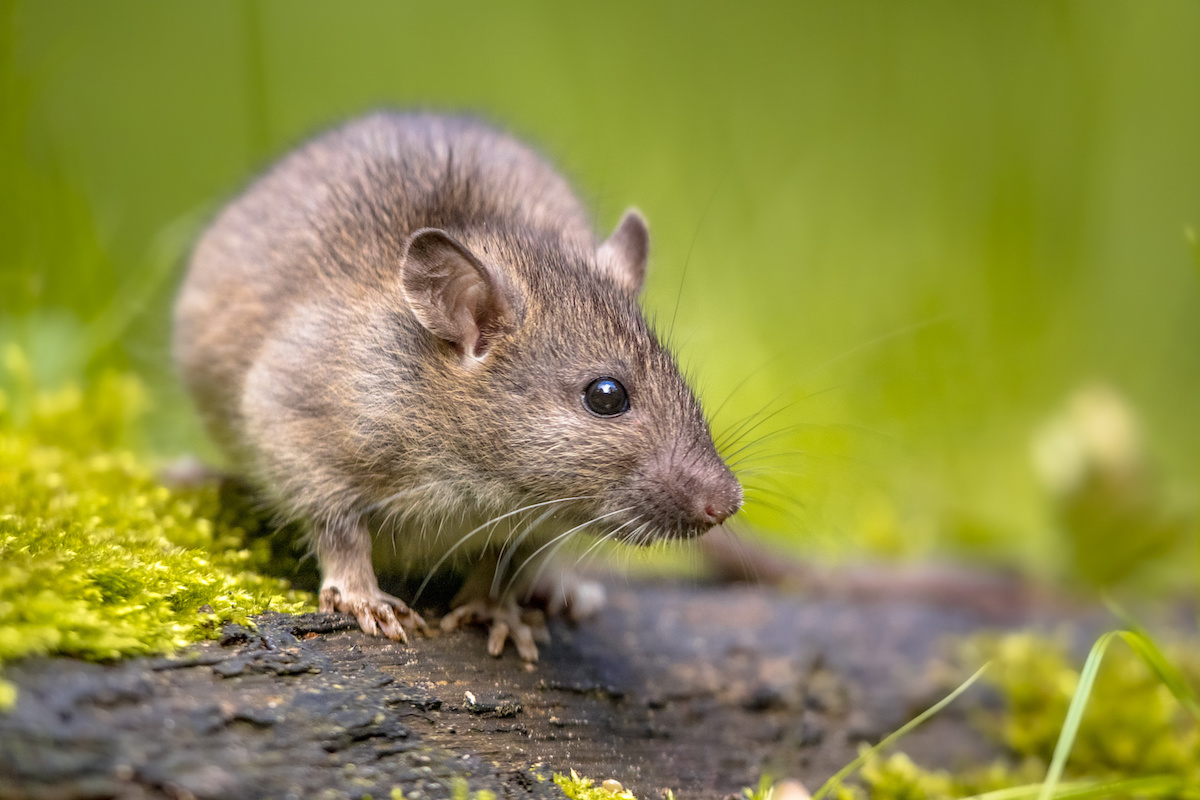How Long are Roof Rat Droppings and What You Should Know?
Share
Understanding the habits of pests in our homes can be key to controlling them effectively. One of the lesser-discussed aspects of pest control involves the examination of droppings, particularly from roof rats. How long are roof rat droppings? This is an important question to consider not just for identifying these rodents, but also for assessing potential health hazards they may pose.
In this article, we will discuss the specific characteristics of roof rat droppings, how they can give you insight into rat activity within your home, and what steps you should take if you notice signs of these pests.

1. The Physical Characteristics of Roof Rat Droppings
Roof rat droppings are distinctive and identifying them can help you confirm an infestation. Typically, these droppings are approximately 1/2 inch long and have a tapered end. They are often dark brown or black in color. If you're seeing droppings in your home, it might not just be a random occurrence; it could very well mean that these rats are nesting nearby.

2. How Long are Roof Rat Droppings Present?
Once roof rat droppings are deposited, they can last for a while. In habitats that are damp, droppings can decompose quickly, while in dry environments, they may last longer. It is crucial to act promptly in discovering droppings, as they can pose significant health risks. Roof rat droppings contain bacteria and pathogens that may lead to disease, including hantavirus, which can be life-threatening.

3. Why Roof Rat Droppings Matter
Identifying and managing roof rat droppings is fundamental for maintaining a safe and healthy living environment. Signs of roof rats should be taken seriously. If you notice droppings, gnaw marks, or nests made of shredded materials like paper or insulation, pay close attention to those areas.
Health Risks Associated with Roof Rat Droppings
Not only do roof rat droppings indicate an infestation, but they also pose several health risks. They are not merely waste; they can contaminate food sources and surfaces within your home. Here are some of the health risks:
- Salmonella: This is a type of bacteria that can cause food poisoning.
- Leptospirosis: An infection that can result from exposure to contaminated water.
- Hantavirus Pulmonary Syndrome: A severe respiratory illness that can be caused by hantavirus, transmitted through inhalation of contaminated dust.
4. What to Do if You Find Roof Rat Droppings
If you suspect roof rats in your home due to droppings, swift action is advised. Here are steps to take:
1. **Identify the Source**: Inspect your home to find where the rats might be entering.
2. **Clean Up Safely**: Wear gloves and a mask when cleaning droppings. Use a disinfectant to mitigate health risks.
3. **Contact Professionals**: If the infestation is severe, reach out to pest control experts. Sites like Pestec offer valuable resources on managing these pests effectively.
5. Prevention Techniques
Preventing roof rat infestations is crucial. Here are several preventative measures:
- Seal holes and gaps in the exterior of your home.
- Keep food sources secure and covered.
- Maintain cleanliness in your kitchen and storage areas.
- Dispose of your garbage properly and regularly.
FAQs About Roof Rat Droppings
What does roof rat droppings look like?
Roof rat droppings are elongated, about 1/2 inch long, and have a pointed end. They typically appear dark in color.
How can I clean roof rat droppings?
When cleaning roof rat droppings, wear gloves and a mask and use appropriate disinfectants to minimize health risks.
Can roof rats transmit diseases?
Yes, roof rats can transmit several diseases through their droppings and urine, including hantavirus and salmonella.
As an Amazon Associate, I earn from qualifying purchases.
